NAUSICAÄ OF THE VALLEY OF THE WIND. Almost perfect anime
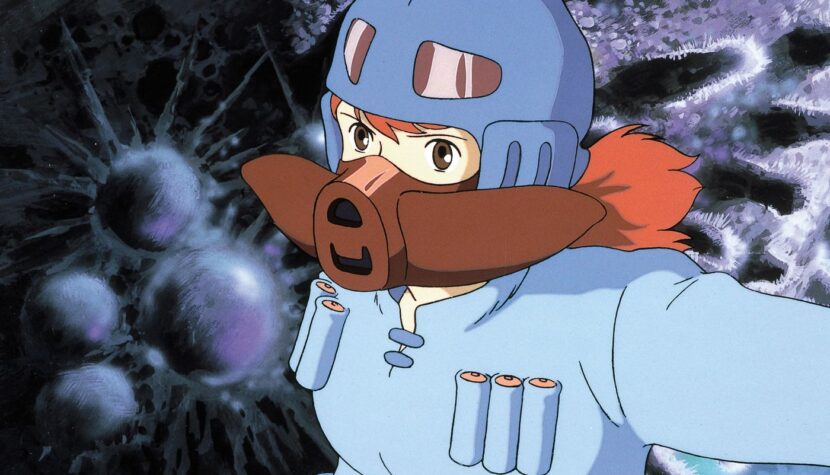
Above this wasteland, a deadly forest of mushrooms emitting toxic fumes spreads. It is called the Blight. Its growth threatens the existence of the already depleted human species…
With this rather pessimistic introduction, Nausicaä Of the Valley Of the Wind the second full-length anime film by Hayao Miyazaki begins (the second chronologically, of course). The Blight spreads across the world, and nothing can stop it. Disgusting yet somewhat visually beautiful, but what’s the point when its properties are lethal… People must wear special masks, and removing them inside the forest would destroy their lungs in just a few minutes. The Blight is inhabited by giant insects and bugs – oversized, several-meter-long, mutated dragonflies, serpentoids, powerful insects – there are plenty of them. The largest and probably the most important among them are the Ohmu – giant, multi-eyed, armored larvae whose stampede would sweep everything off the face of the earth. People try in every possible way to coexist with these monsters in a kind of “agreement” – not provoking or irritating them. The fact is that these creatures are not entirely stupid, on the contrary, they possess some form of collective consciousness. However, there are people who do not understand the oversized insects and try to eliminate or provoke them at all costs…
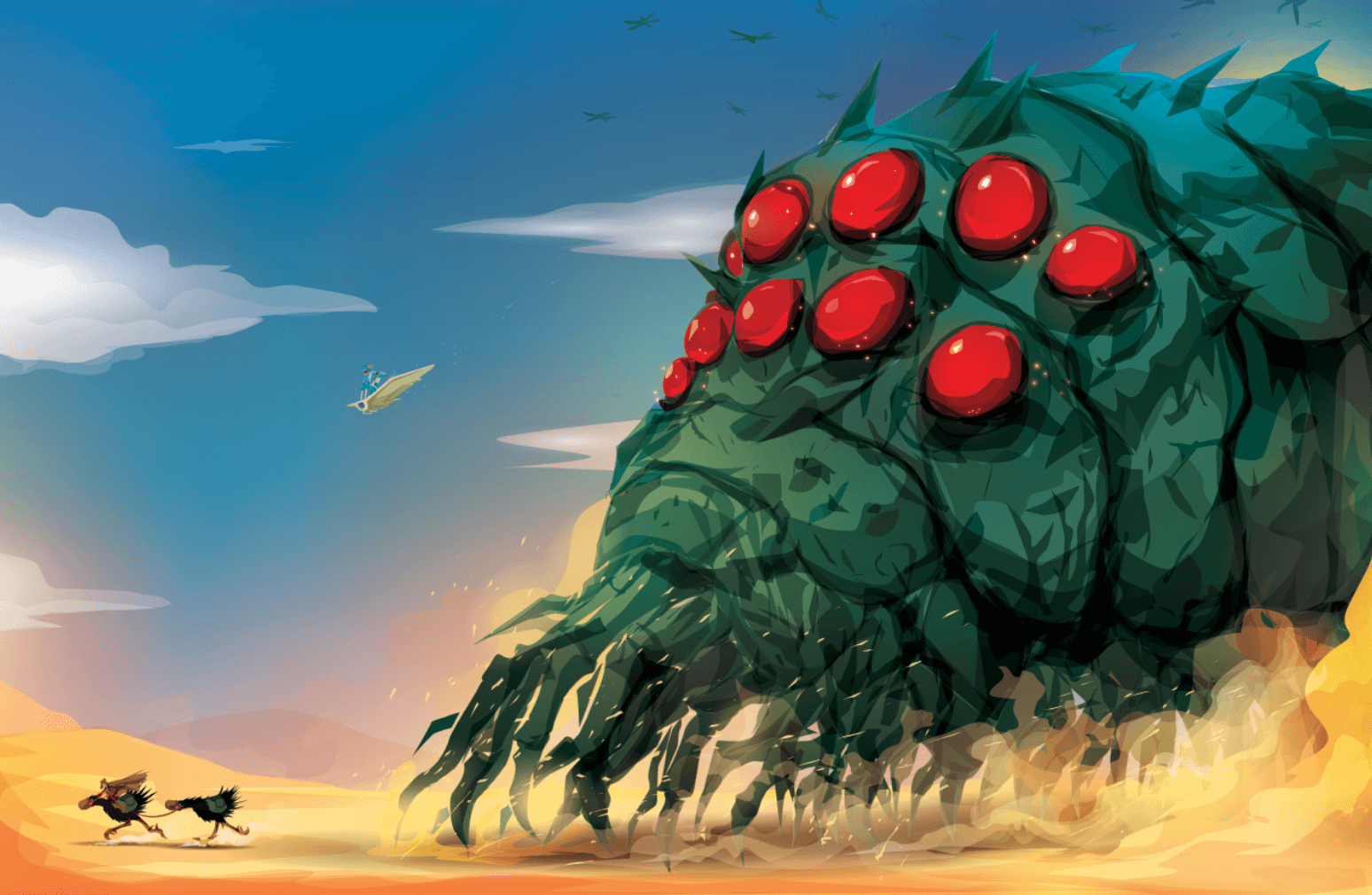
The Blight continues to expand and devour more lands and countries. One of the few lands that remain “clean” is the Valley of the Wind. A peaceful place where the “wind of the gods” always blows, driving away the Blight’s vapors. People from the Valley of the Wind try not to get in the way of the bugs, and they don’t harm them either. In this valley lives the main and titular character of the film – Princess Nausicaä. Together with Master Yupa, they have long been trying to unravel the mystery of the Blight – where it came from and, most importantly, how to stop it… Everything changes when a powerful ship with a mysterious cargo crashes in the Valley of the Wind. Soon, a hostile Torumekian army arrives in the peaceful land with a lot of military equipment – and they are by no means friendly. They have their own plans to destroy the Blight and are determined to carry out the task at any cost – even if it requires numerous sacrifices and seems utterly senseless…

The plot, atmosphere, and screenplay are the strongest aspects of Nausicaä Of the Valley Of the Wind. Hayao Miyazaki creates an incredible, dark, post-apocalyptic world, governed by its own rules and possessing its own mythology. In the film itself, there’s the story of the mighty God Warriors, who burned the world during the Seven Days of Fire (monsters from the Ancient World). All of this ambiance makes the film truly atmospheric and serious. I’m not sure how other fans of Japanese animation perceive this work, but for me, it’s an obvious precursor to Princess Mononoke. In fact, it’s Nausicaä Of the Valley Of the Wind (not Lupin III) that you can consider as the work on which Hayao based his later productions. Here, you can see that characteristic style, those characters, their appearance, behaviors, animation – truly, Nausicaä is a precursor to the well-known and appreciated style of this director.
But let’s return to Princess Mononoke, which has a lot in common in various aspects with this very work. There were great creatures – forest gods there, and here, we have giant bugs and insects. In both films, a group of main characters seeks to make both sides live in peace and harmony – although it’s really difficult and practically impossible to achieve. In both films, the forest plays a crucial role – there, it’s a forest filled with gods, and here, it’s the ominous, deadly Blight. The character of the princess is undoubtedly the prototype of Mononoke, although in behavior and actions, she resembles Ashitaka – the main character of what is probably Miyazaki’s most well-known film. In addition, there are many twin fragments and threads, just compare, for example, the attack of the Boars from Mononoke and the attack of the Ohmu from Nausicaä. And most importantly, both works have the same message.
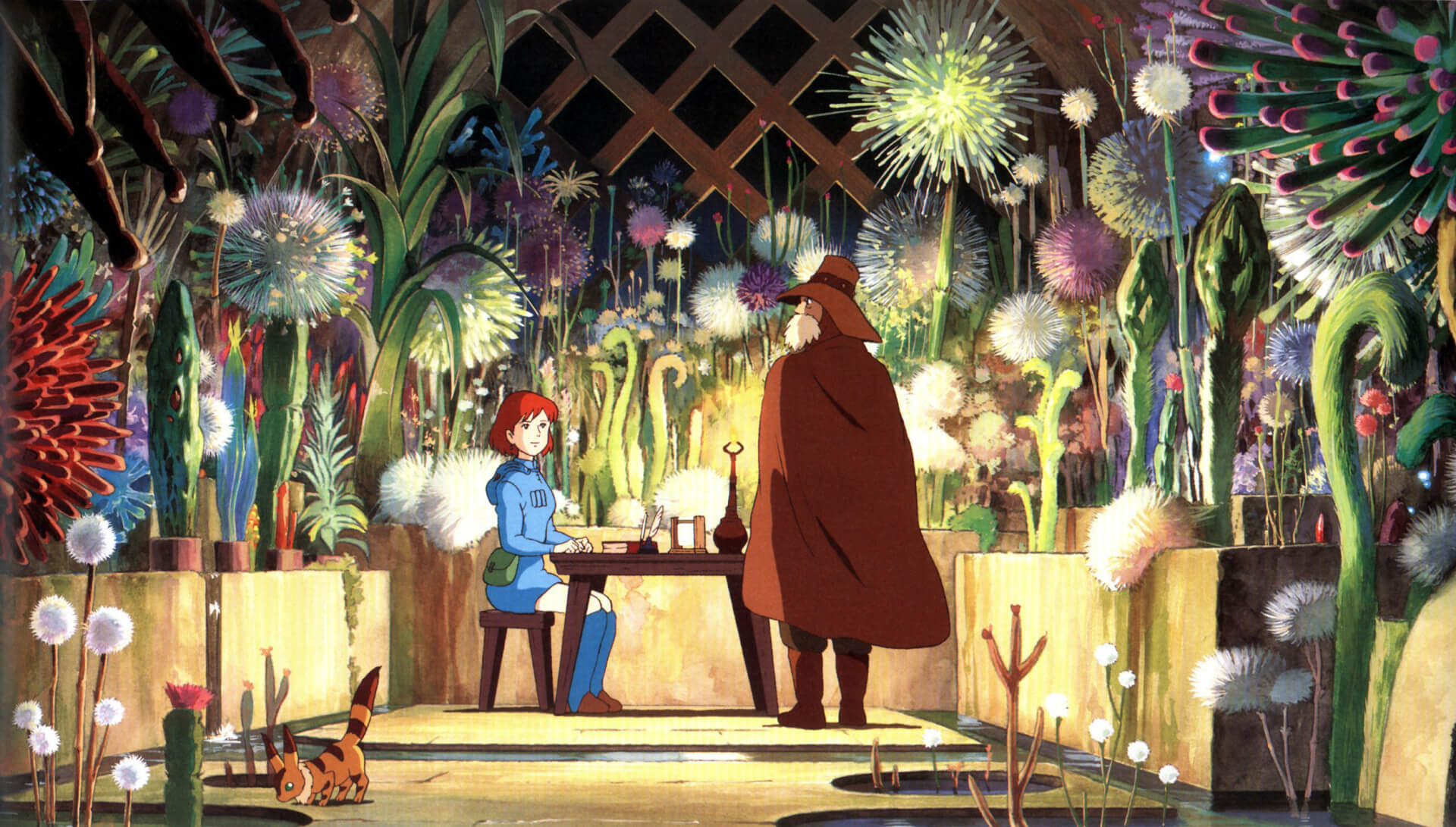
So why isn’t Nausicaä Of the Valley Of the Wind the flagship work of the “pope” of anime? Why has it been somewhat overshadowed by Princess Mononoke? Perhaps people prefer to watch oversized creatures symbolizing gods rather than oversized, repulsive bugs? Maybe they prefer to watch the struggle of humans against animals and nature rather than the struggle of the human species against the toxic Blight and an army of insects? Perhaps they prefer a beautiful, magical forest to a deadly, spreading mushroom habitat? Although, on the other hand, it’s somewhat strange because the sense of the story is the same – humans against nature. Because it is indeed the “work” of humans that has destroyed nature. By what right does humanity decide to destroy the Blight and kill the beings that inhabit it?
Only to ensure the survival of their species – a truly selfish approach to the matter. Nature will always regenerate itself, automatically return to its original state, “rebirth” itself. That’s why humans, in a confrontation with it, are bound to fail from the start. Of course, not everyone wants to fight against it. Generally, in the film, it’s the Torumekians, and even the Pejite clan, who are waging a real war against the Blight and the insects. And only a few want to prevent it and find another, better solution. The titular Nausicaä will fight for the human species, but she won’t fight against the bugs and the devastated nature – the saddest part is that she will fight against humans. “Humans and insects cannot live in the same world,” are the words spoken by the princess’s father in the film when she is still a child. Is such harmony truly impossible…? How important and sad at the same time is one of the key lines in the film:
The Ohmu are here to purify the world, tainted by humans.
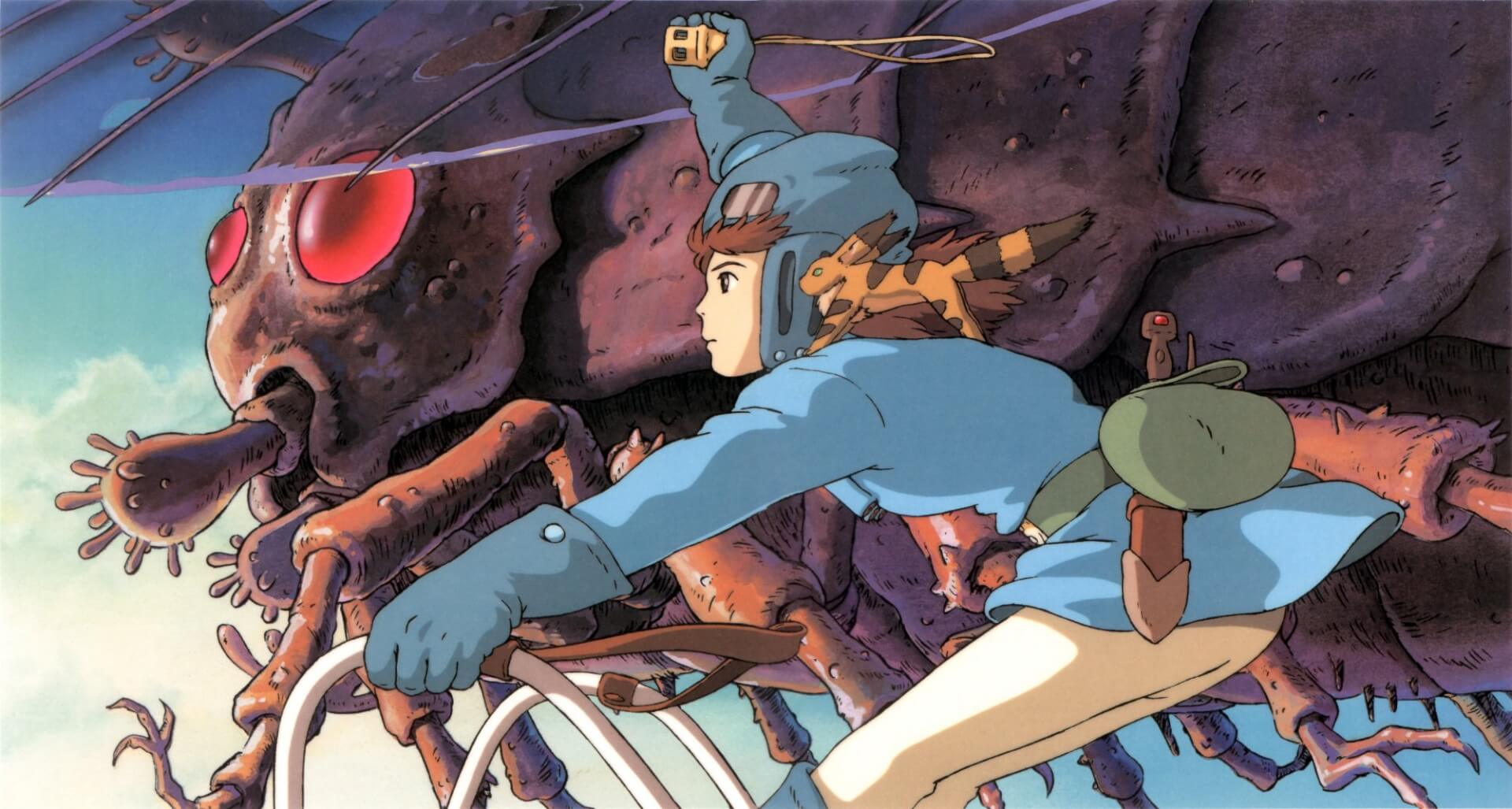
That concludes the discussion about the plot, meaning, and message of Nausicaä Of the Valley Of the Wind. Let’s focus on the characters and the overall atmosphere surrounding them, which is a crucial element in Miyazaki’s films. Princess Nausicaä is the most significant character here – the central figure, wholeheartedly fighting for the survival of the world. Miyazaki has constructed her character flawlessly – she is an intriguing personality, warm, cheerful, and one of the few who can “control” the emotions of irritated and ready-to-fight insects. She has something extraordinary and convincing about her, which is clearly visible in many scenes of the film. Her constant companion is a small, adorable creature – a fox-squirrel – a gift from Master Yupa. Nausicaä travels on something like a glider, lifted by the perpetually blowing wind from the titular Valley. She is beloved by the residents of her hometown, respected, and a role model for others.
She holds great respect for Master Yupa, an unassuming old man who is a legendary swordsmaster well-known in other countries. Throughout her perilous adventure, Nausicaä encounters many interesting characters – one of them will be Asbel from the Pejite clan (and she’ll meet other members of this clan as well) or the commander of the Torumekian troops, who undergoes a kind of moral transformation in the film. You can observe how different countries and their inhabitants are from each other. How different their intentions and attitudes are. The richness of the depicted world has always been and will continue to be a strong point in Miyazaki’s films.
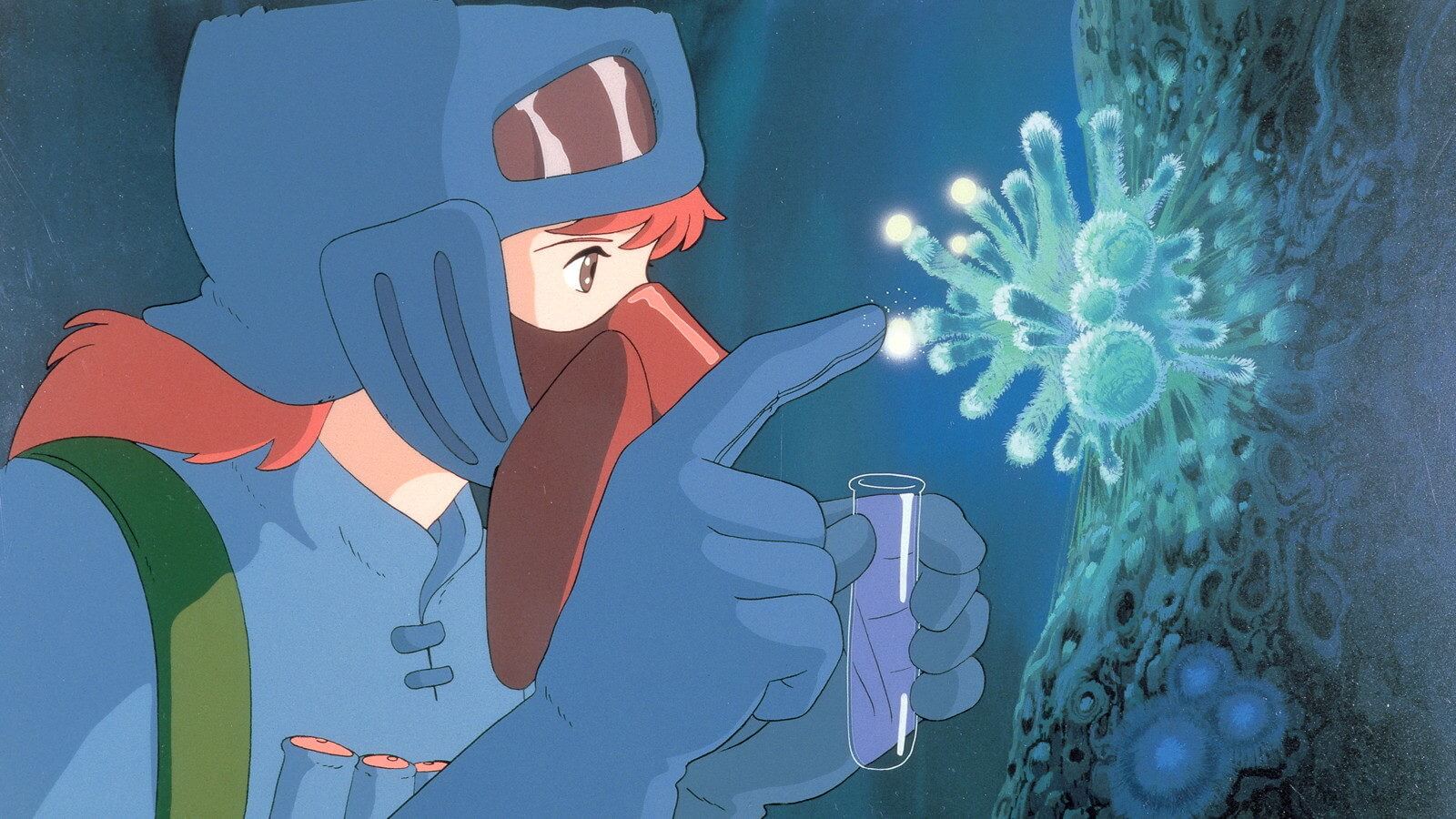
Nausicaä Of the Valley Of the Wind despite being an anime from many years ago, I can honestly say that it doesn’t feel dated at all. The technical aspects are more than adequate, and any visible shortcomings today disappear amidst the wealth of multi-threaded storytelling, engaging action, and mature plot that constantly gives viewers reasons for intrigue and contemplation. Even here, you can see the director’s penchant for flying machines, which would later be further explored in Porco Rosso. But what I liked the most is the use of a unique contrast, which frequently appears in various Japanese (and Asian) productions – the blending of the fantasy genre with modern technology. A fantastical environment (forests, monsters) exists alongside characters who wield swords and daggers in combat, while also utilizing powerful flying and wheeled machines, as well as military equipment like rifles, cannons, and bombs. I truly adore this combination!
Nausicaä Of the Valley Of the Wind is also significant due to another aspect – it marks the first collaboration between the director and composer Joe Hisaishi, which would later yield a plethora of brilliant soundtracks for Miyazaki’s films. Their partnership would become one of the best and most renowned in their industry. The debut of this collaboration is simply excellent – the musical score is outstanding, with a beautiful main theme leading the way.
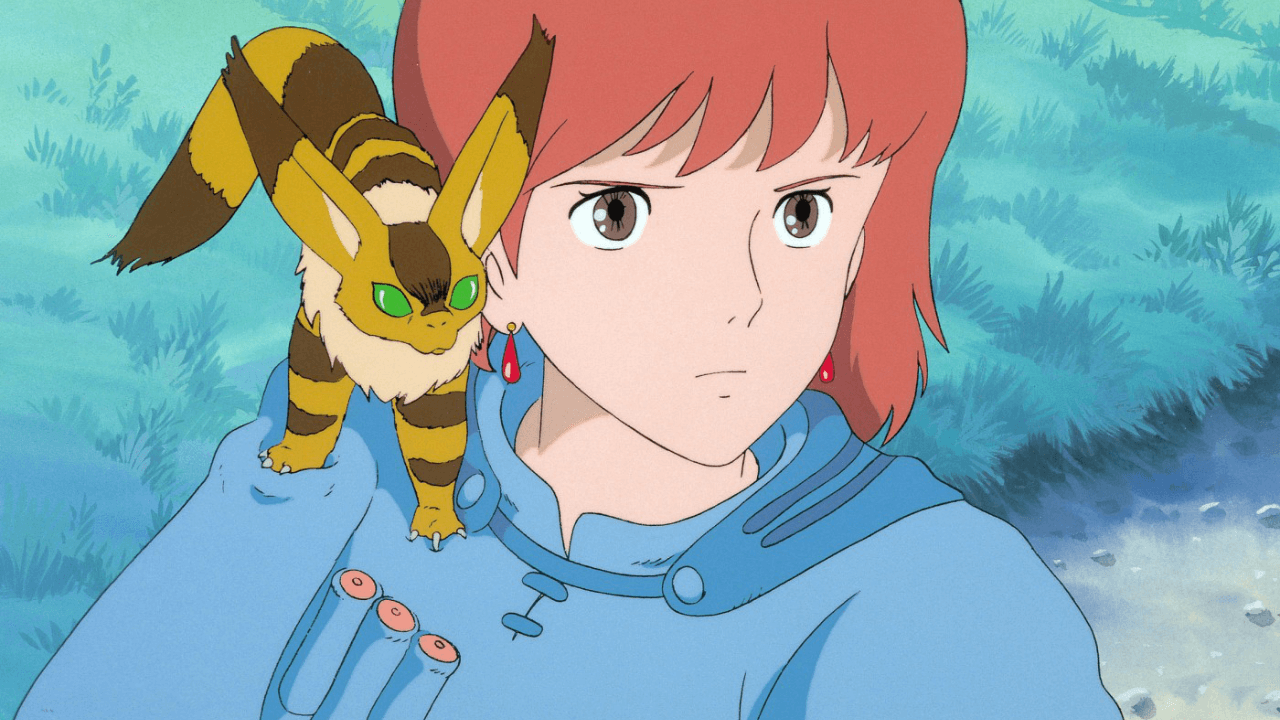
It might sound strange, but I’m truly glad I watched Nausicaä of the Valley of the Wind relatively late. Only now, after becoming familiar with many films by Hayao Miyazaki, can I appreciate how significant this film is in the director’s body of work. It serves as a splendid prototype for his later works. I dare say that had I watched Nausicaä Of the Valley Of the Wind much earlier, before I had experienced his other great films, it might not have left as strong an impression on me. Alongside Princess Mononoke, it’s undoubtedly the most serious and mature film in the “pope” of Japanese animation’s portfolio. And certainly one of the most important works in the entire genre. All otaku (for the uninitiated, fans of anime) should acquaint themselves with the adventures of this princess. This film should be respected and forever remembered, as the precursor to works like Princess Mononoke must never be forgotten. And undoubtedly, it will be most appealing to those who have enjoyed Mononoke.
Final rating – very close to a “nine.” Another one of the best anime films I’ve ever seen in my life. Hayao Miyazaki is also the creator of a manga with the same name, and the film was released under the title Warriors of the Wind in the USA. An interesting fact – the American release was cut and trimmed by over half an hour (it runs for 84 minutes) – a move that I find simply laughable and regrettable…

